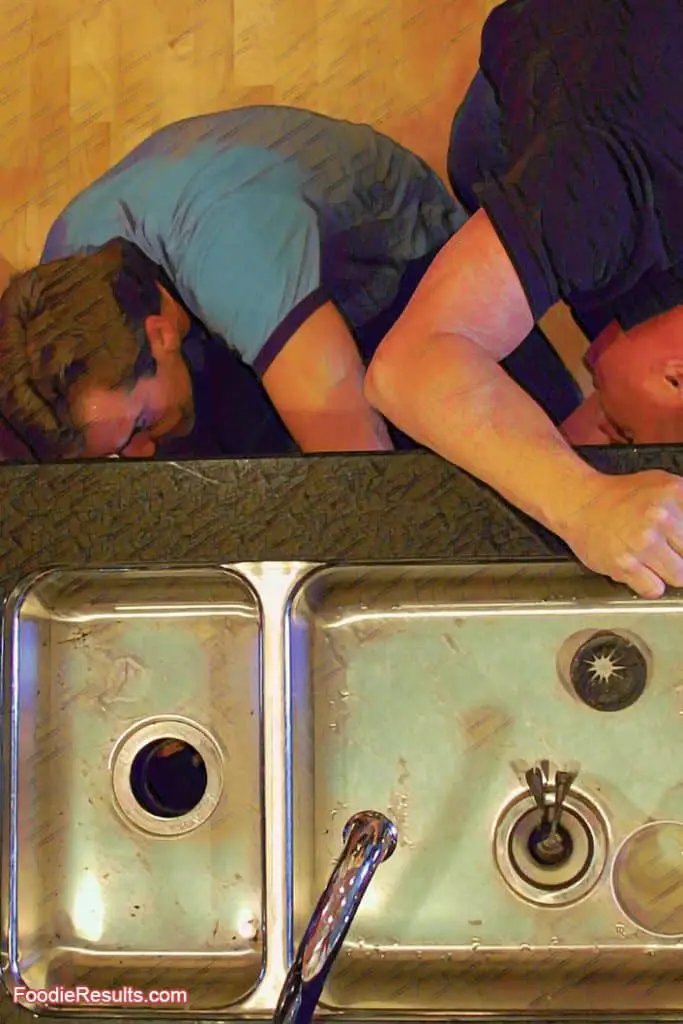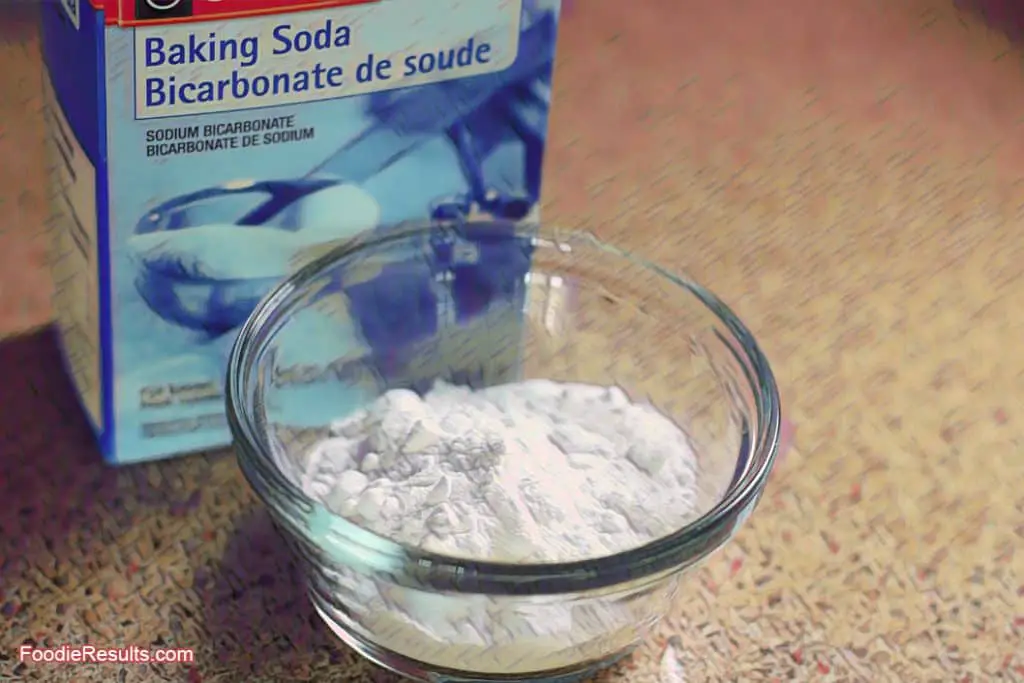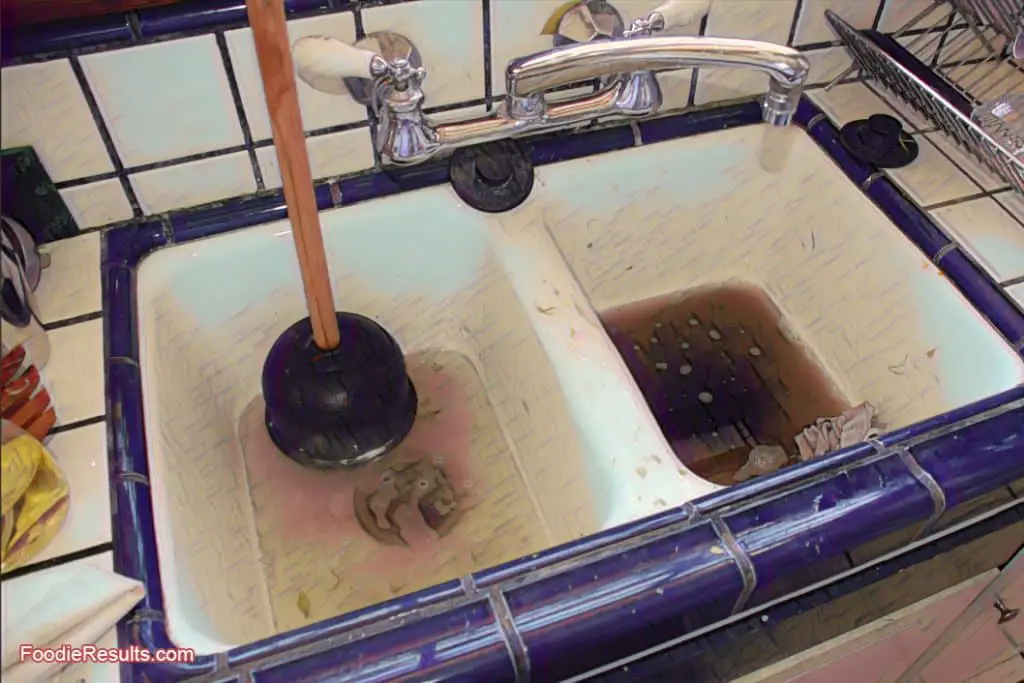A double kitchen sink makes dishwashing by hand a breeze; one for soapy water, the other for clean rinsing water. Moreover, a double kitchen sink should increase the value of a home. However, once it’s clogged, it’s double the trouble.
If your double kitchen sink with garbage disposal is clogged, don’t worry. I’ve prepared a list of quick cleaning solutions you can try. Hopefully, one of these methods will help you unclog your double kitchen sink.
The solutions include resetting your garbage disposal, using a plunger and natural drain cleaners, and more. So, without further ado, let’s jump in and learn how to unclog a double kitchen sink quickly and easily.
Things You Shouldn’t Toss in Your Garbage Disposal
Garbage disposals make life easier. However, most people treat garbage disposal as trash and experience clogs and more severe plumbing issues over time.
Here’s a list of things you should never put down garbage disposal:
- Coffee grounds
- Pasta
- Grains
- Bread
- Nuts and shells
- Pits and seeds
- Onion layers
- Eggshells
- Stringy fruits and veggies
- Potato peels
- Grease
- Oil
- Fat
- Paint
- Bones
- Corn husks
- Dry expandable foods
- Cleaning chemicals
How to Unclog a Double Kitchen Sink With Garbage Disposal: 9 Solutions
When a double kitchen sink clogs on one or both sides, there’s likely a blockage in the garbage disposal, a blockage within the main drainage water line, or both.
If your double kitchen sink is clogged, here’s a list of solutions that might help you solve this issue without calling a professional and spending money.
Solution 1: Use Your Hands

 By Bradley P. Johnson
By Bradley P. JohnsonSometimes, there’s no clog in the garbage disposal or the main drainage water line; the top of the drain can also get clogged.
If you suspect this is the case with your double kitchen sink, you can quickly remove the clog by hand.
Put on protective gloves, grab your flashlight, keep others away from the disposal switch, and dig out the blockage. Finally, run hot water down the drain for about a minute.
Speed tip: If standing water is in your kitchen sink, scoop the water into a bucket if you’re in a hurry.
Solution 2: Reset the Garbage Disposal
Kitchen sinks clog because of different reasons.
Sometimes, it’s because the garbage disposal needs a reset. Therefore, if your garbage disposal isn’t running, maybe it’s overheated or triggered an internal breaker.
In this case, turn the switch off, wait 5 minutes, then turn it on again to see if this solves the clog.
If that doesn’t work, turn it off again and get under the sink with a flashlight. Look at the bottom of the disposal for a red button. Push it to see if it resets your disposal. Try the switch again.
Garbage disposals make life easier by grinding food scraps and preventing clogs, but if you want your garbage disposal to last, you shouldn’t put things like eggshells, coffee grounds, etc.
If restarting your garbage disposal doesn’t solve your problem, don’t worry. The plunger might help you unclog your kitchen sink.
Solution 3: Plunger to the Rescue

If you didn’t find anything obvious when first looking into the drain, it might be time to start your unclogging journey with the plunger.
However, remember that this tool works through water pressure. And since you have a double kitchen sink, you should first block the unclogged drain with a rag or the stopper that came with your sink (but sometimes they aren’t strong enough. That way, the pressure you apply over the clogged side will provide results pushing against the clog.
Optionally remove the standing water, leaving some water to cover the plunger cup.
Apply the plunger cup over the clogged drain and ensure a tight seal. Then, push the plunger up and down five times without loosening the pressure in the cup.
Once you’ve pushed the plunger up and down several times, remove the plunger, and if the water drains, your job here is done. You’ve successfully unclogged your kitchen sink without professional help.
However, if there’s still water in your double kitchen sink, you should repeat the process until you get results or you are ready to try the next solution.
Solution 4: Commercial Products
Commercial clog cleaners can help you unclog your double kitchen sink.
However, most commercial cleaning products contain highly corrosive ingredients, such as sodium hydroxide (lye or caustic soda) or sulfuric acid, that can corrode your pipes.
I suggest using natural alternatives, such as baking soda, vinegar, salt, etc. (Next solution.)
If you go this route, follow the direction on the bottle and be sure to wear the proper safety gear. Getting just a little in your eye can be a terrible experience.
It is also important to note that if you have a septic system, it can be detrimental to the health of your system to use these harsh chemicals.
Solution 5: Vinegar and Baking Soda

If the plunger doesn’t unclog your drain, maybe vinegar and baking soda will.
First, remove the standing water from your sink, then add one cup of baking soda down both drains. Finally, pour one cup of vinegar down each drain. Let the solution sit for five minutes before you run hot water down each drain.
If you don’t see success with this combination of baking soda and vinegar, try hot water and salt instead of commercial cleaners, especially if you’re on septic.
Otherwise, most commercial cleaners will destroy the biology inside your septic tank.
Solution 6: Salt and Boiling Water
Try salt and boiling water if you don’t have baking soda and vinegar.
First, drain the standing water in your sink. Then, add a half cup of salt down each drain and let the salt do the dirty work for you.
After five minutes, pour hot water down each drain.
The theory is that the salt will dissolve in the water and increase the weight of the water on the clog. The boiling water acts like a good flush and will often break up most clogs on its own by instantly dissolving or melting whatever has caused the clog in the first place.
Solution 7: Try a Plumber’s Snake
If the solutions above didn’t help you unclog your sink, perhaps a plumber’s snake can handle the issue.
If you don’t have a garbage disposal, you can use the plumber’s snake straight into the drain. Otherwise, you should take off the p-trap and use the tool in the trap arm.
In case you don’t have a plumber’s snake on hand, don’t worry.
You can rent one for $35-$45 a day. I suggest you select a handheld drain snake that’s powerful and portable enough for unclogging sinks.
Solution 8: How About a Coat Hanger?
If you don’t have any of the equipment and products above, don’t fret. Many people see success with a coat hanger. Your wire coat hanger can successfully unclog your double kitchen sink.
So, grab your improvisation tool and get to work. However, remember that coat hangers can’t handle deep clogs, but they can knock small things loose enough to get the water flowing again, at which point you can go back to #6 and use boiling water!
Solution 9: Call a Professional
If you’ve tried everything and nothing worked, it’s time to call a plumber to fix your clog. After the plumber successfully unclogs your double kitchen sink, ask for tips to prevent similar problems in the future.
Final Tips
I’ve listed salt and boiling water as one of the solutions for a clogged sink. However, you should avoid pouring boiling water down your pipes if they’re PVC; the water can melt the lines and cause more significant issues. Even more recently, there have been environmental concerns with PVC and heat .
.
Remember that steaming water doesn’t dissolve the residue in clogged drains.
I will wrap up this article with a few tips on preventing clogs in the future, so take a look.
Don’t Overwhelm Your Garbage Disposal
Sweeping food scraps into your sink isn’t a good idea. Most plumbers say that garbage disposals aren’t suitable for actual garbage.
Therefore, avoid overfilling your garbage disposal and overfilling your sink. Otherwise, the things will get wrapped around the blades and eventually build up in the drain.
Never Dispose of Grease and Oils in the Sink
The right way to dispose of cooking oils is to let these ingredients cool down, then move the components to a disposal container, such as a glass jar. One method I saw that I liked used a glass bowl lined with aluminum foil, allowing you to wrap up and throw away the foil and grease when it cooled down enough to become solid.
If you pour grease and cooking oils into your sink, they will coat the pipes, catch food as it goes by, and eventually cause a build-up, clogging your kitchen sink.
Neutralizing Nasty Odors With Natural Ingredients
Most people think coffee grounds can prevent odors. However, I advise against pouring coffee grounds into your garbage disposal, as they can build up and cause clogs. Check out this video where coffee grounds have mega-clogged a drain!
Instead of coffee grounds, use baking soda and white vinegar or lemon juice, as they’re much safer options because they don’t cause blockages.
Feature Image


